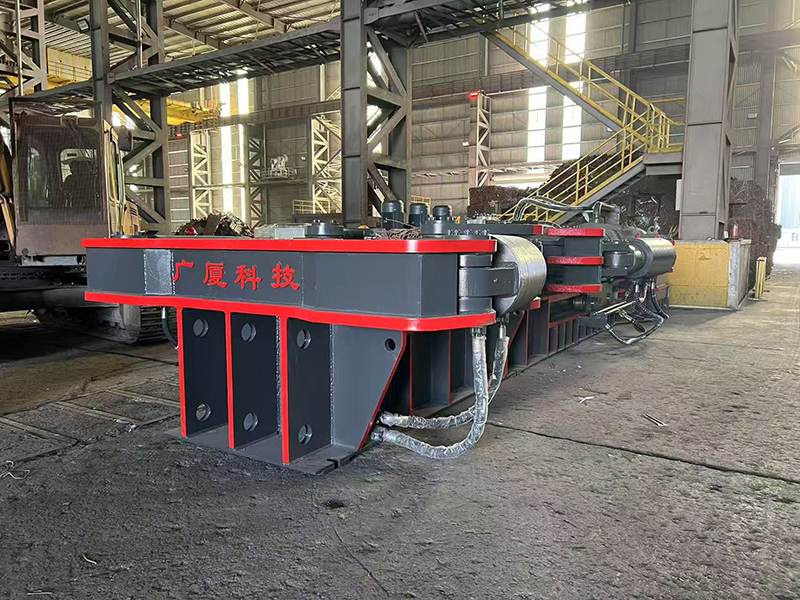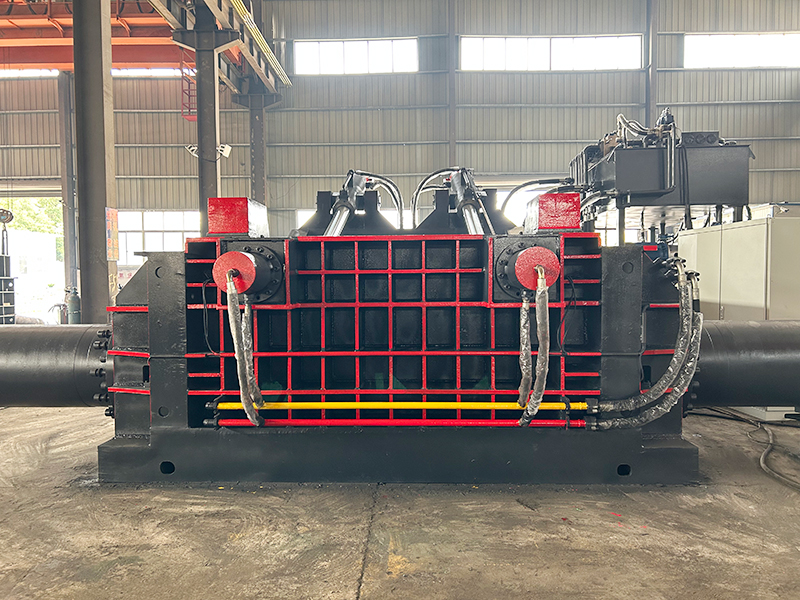Crushers: Linchpin of Waste Disposal Ecosystems
In waste management, crushers function as critical converters, transforming bulky heterogeneous waste—industrial scrap, construction debris, e-waste, and ELVs—into high-value recyclables, thereby supporting circular economy frameworks.
Core Functions
• Volume Reduction: Shreds bulk waste into compact fragments, slashing logistics costs by 60% for landfills and recycling facilities.
• Resource Recovery: Enables 95%+ metal extraction through impurity removal; prepares plastics and rubber for reprocessing, maximizing material valorization.
• Regulatory Compliance: Integrates dust suppression, noise abatement, and emission control systems, adhering to EU Waste Framework Directive, EPA standards, and global regulations.
Key Specifications
• Versatility: Handles diverse substrates via adjustable gap settings and interchangeable tooling.
• Operational Efficiency: Achieves 8–160 t/h throughput with high-torque motors (560–4410 kW) and automated feed systems.
• Durability: Robust alloy steel construction with wear-resistant components minimizes downtime.
Smart Control: PLC-enabled remote monitoring, overload safeguards, and adaptive feeding optimize operational uptime.
Strategic Value
• Economic: Monetizes waste streams through recycled material outputs.
• Sustainability: Reduces reliance on virgin resources, aligning with net-zero objectives.
• Integration: Seamlessly interfaces with sorting and separation systems, forming end-to-end waste-to-resource chains.
Driving waste-to-resource transformation with precision engineering.









